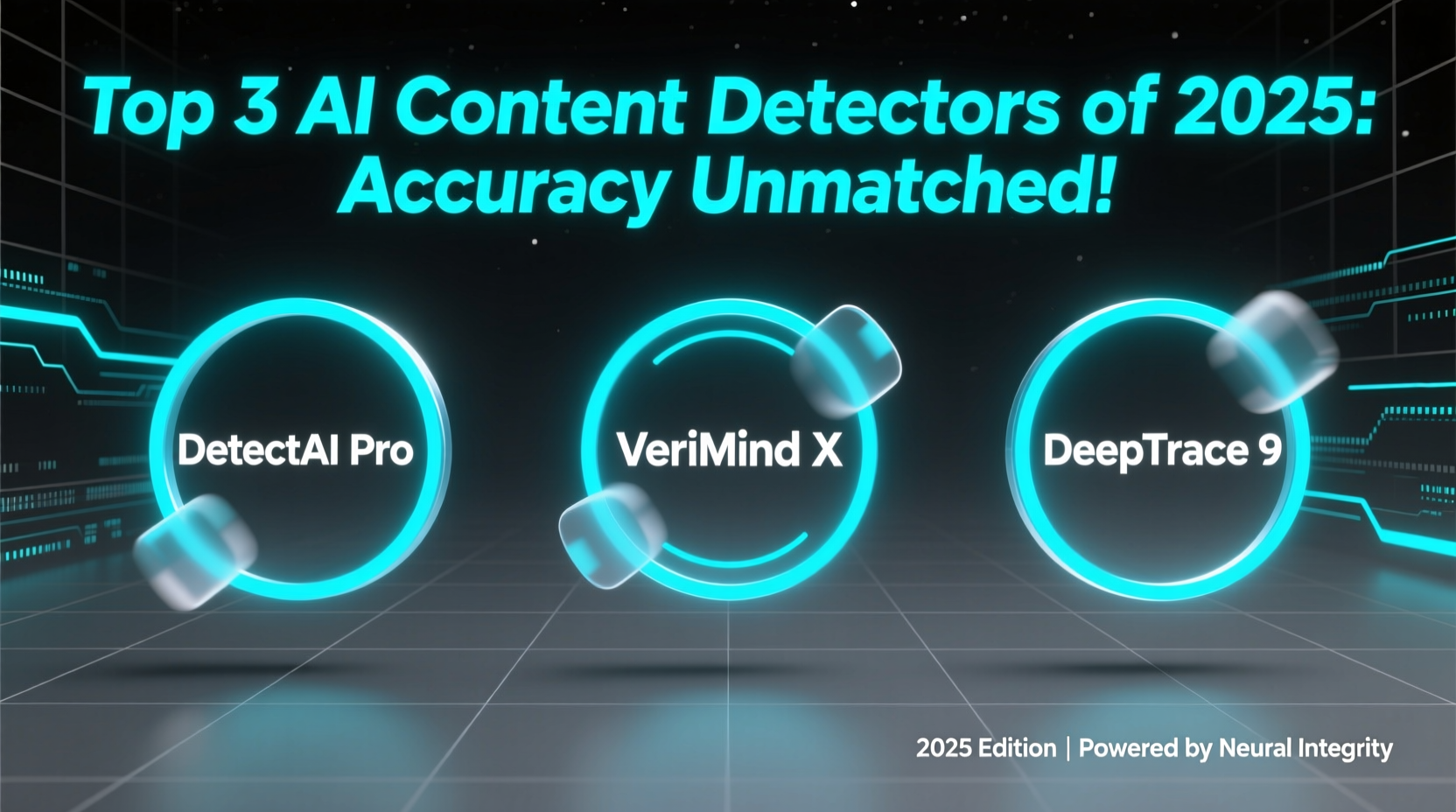The Challenges of AI-Generated Plagiarism and Detection Methods
In early 2023, there was a burgeoning awareness of generative AI's capabilities, sparking deliberations on its potential risks, particularly in the domain of plagiarism. As I dived deeper into the possibility of defending against AI-induced plagiarism and the methods that would be viable, it was clear that this evolving technological phenomenon was reshaping the narrative on intellectual authenticity. The article below is an elaboration of those initial observations with more comprehensive insights and findings.
The Evolution of AI Detection Tools
Upon my first encounter with AI plagiarism detection tools back in January 2023, I explored three distinct online utilities: the GPT-2 Output Detector, Writer.com AI Content Detector, and BrandWell's nascent AI Content Detection system. The best performer was the GPT-2 Output Detector, which discerned correctly 66% of the time. By October 2023, my exploration expanded with tools like GPTZero, ZeroGPT, and Writefull's GPT Detector being added to the mix. My journey continued through summer 2024 with the inclusion of QuillBot and a commercial service entailed Originality.ai, later assimilated with Grammarly's beta checker and a service from Undetectable.ai.
Over time, these tools exhibited varying degrees of efficacy, often producing inconsistent results across different testing regimes. Such variability raises pertinent questions about the stability and reliability of these AI detection mechanisms.
Understanding Plagiarism in the Age of AI
It's imperative to revisit the traditional definition of plagiarism, as articulated by Merriam-Webster – "to steal and pass off (the ideas or words of another) as one's own." This definition aligns seamlessly with the challenges posed by AI-generated content. While users leveraging tools like ChatGPT may not explicitly infringe intellectual property rights, failure to attribute AI contributions could still fulfill the legal qualification for plagiarism.
A substantial dimension of our study involved engaging ChatGPT itself to aid this research. The purpose was to assess how effectively AI-driven texts could be detected by these systems. The results consistently highlighted the inconsistency and unpredictability that currently plague AI plagiarism detectors, questioning their dependability.
Challenges for Educators and Editors
The advent and increasing sophistication of language models such as ChatGPT presents a formidable challenge for educators and editors. These advanced systems can generate remarkably human-like text, creating a fertile ground for inadvertent or deliberate plagiarism. Students and writers might exploit this to expedite academic and creative processes without due acknowledgment, thereby undermining the integrity of intellectual endeavors.
Detecting indistinguishably human-like AI-generated content is inherently complex as it rarely manifests blatant errors or inconsistencies that betray its true origin. This ambiguity complicates the task of asserting the originality of work, thereby affecting credibility and trust in educational and professional spheres.
Techniques for Identifying AI-Generated Text
The detection of AI-generated content necessitates a nuanced approach, especially in an era where such content seamlessly mimics human output. Detection strategies might involve:
- Identifying repetitive or unnatural linguistic patterns often characteristic of AI text generation.
- Assessing originality and cross-referencing content to reveal potential duplications or commonalities present in established databases or accessible sources.
- Deploying plagiarism detection services, albeit with the knowledge that these tools may not offer absolute proof of AI content but can reveal overlapping information across documented works.
AI Plagiarism Detectors in Context
| Tool | Accuracy | Performance |
|---|---|---|
| GPT-2 Output Detector | 60% | Variable, sometimes flags human-written text as AI |
| Writer.com | 40% | Often inaccurate, struggles to distinguish AI content |
| BrandWell AI Detection | 40% | Poor accuracy, commonly mistaken human content for AI |
| GPTZero | 100% | Most accurate among tested tools |
It is evident from these tests that many of the tools, while showing promise, exhibit broad inconsistency. This variability can pose challenges for institutions relying on AI checkers for content validation and calls for a balanced, cautious approach when interpreting results.
Redefining the Plagiarism Paradigm
The intersection of advanced AI text generators and traditional notions of plagiarism introduces complexity in our understanding of intellectual attribution. As AI's role in content creation grows, traditional definitions must evolve accordingly, reflecting the nuances introduced by non-human authorship.
This emerging landscape mandates vigilance and refined detection strategies, ensuring that academic and professional standards are not compromised. While the current arsenal of detection tools is still developing, their application should be bolstered by human discernment and accountability.
Conclusion: AI and the Future of Content Attribution
AI-driven plagiarism represents both a challenge and an opportunity to re-calibrate our understanding of authorship in the digital age. Even with advances in detection technologies, reliance on these tools for crucial academic and professional decisions remains precarious.
Educators and institutions alike must craft clear policies addressing AI-generated outputs while fostering an environment that emphasizes integrity and transparency. Awareness and continual adaptation will be vital as AI technology continues to advance, challenging prevailing notions of originality and attribution.











 浙公网安备
33010002000092号
浙公网安备
33010002000092号 浙B2-20120091-4
浙B2-20120091-4